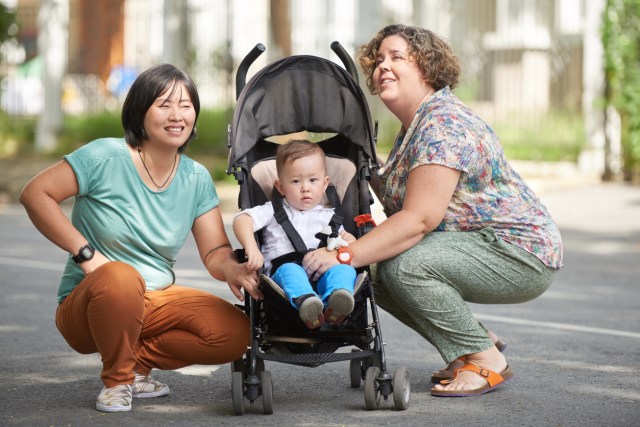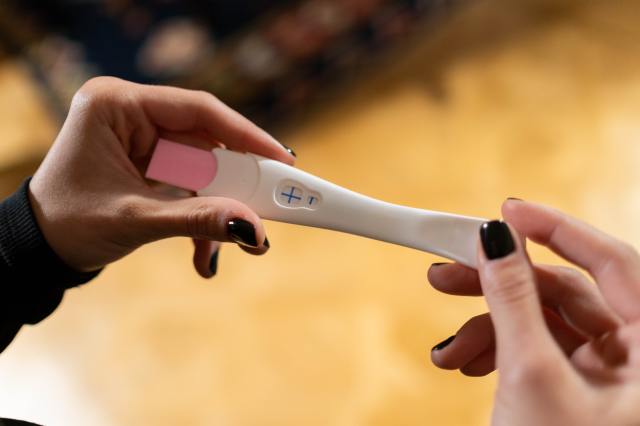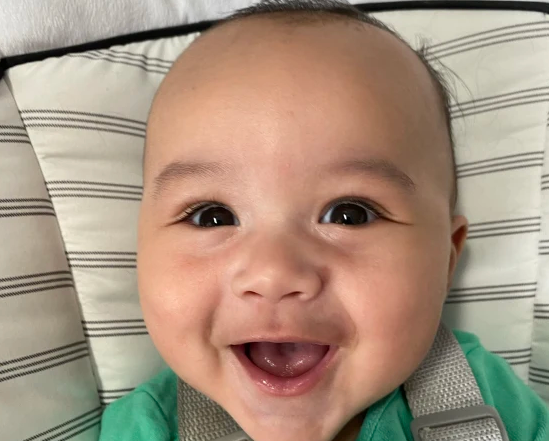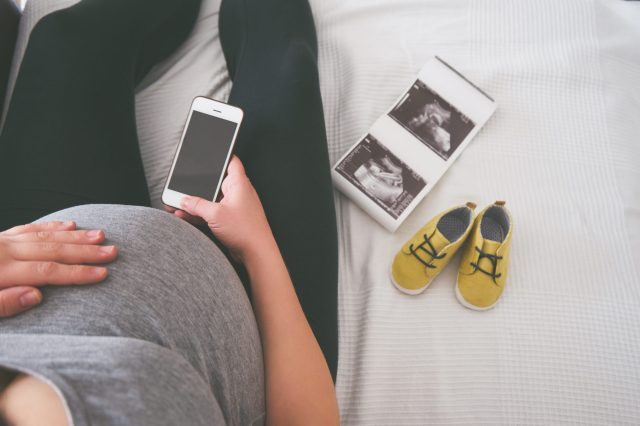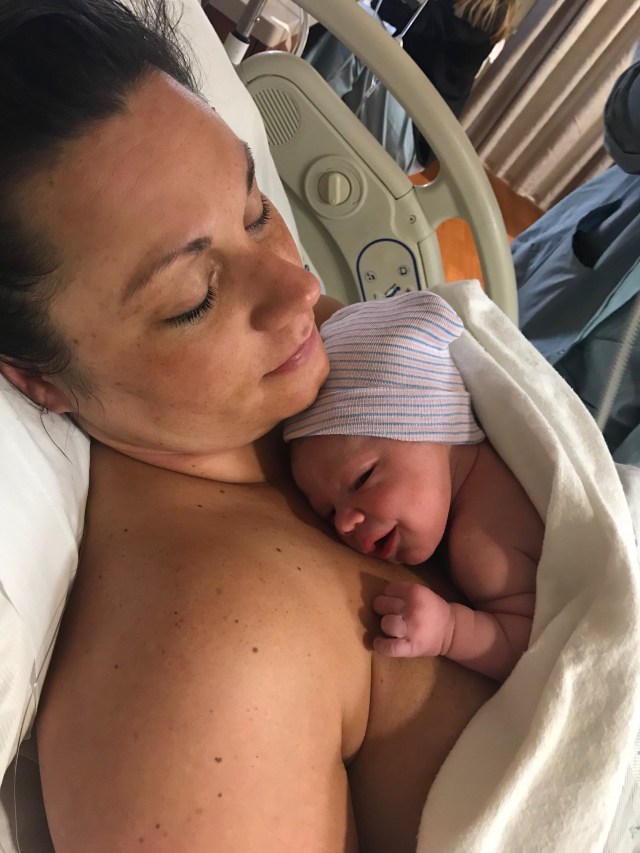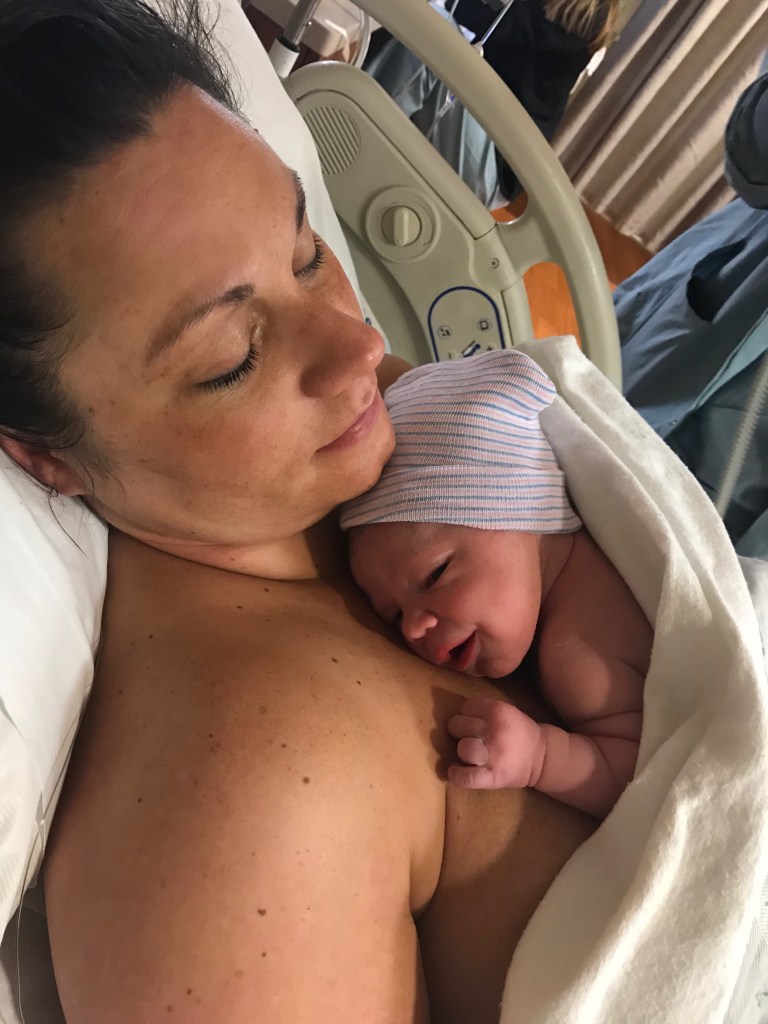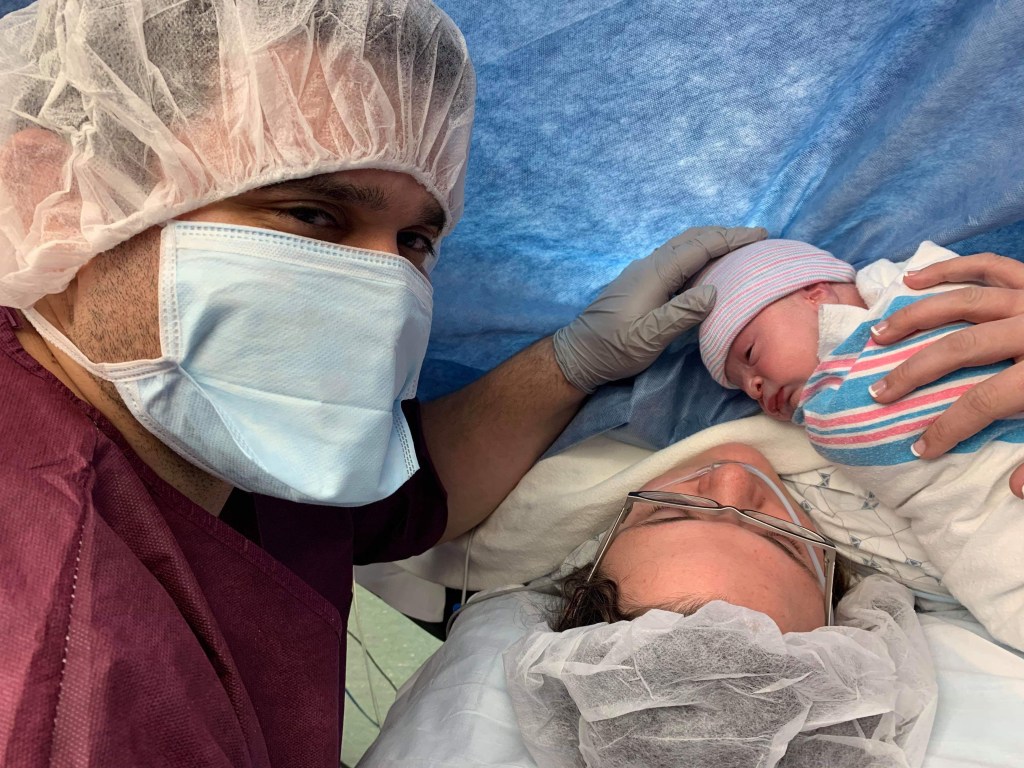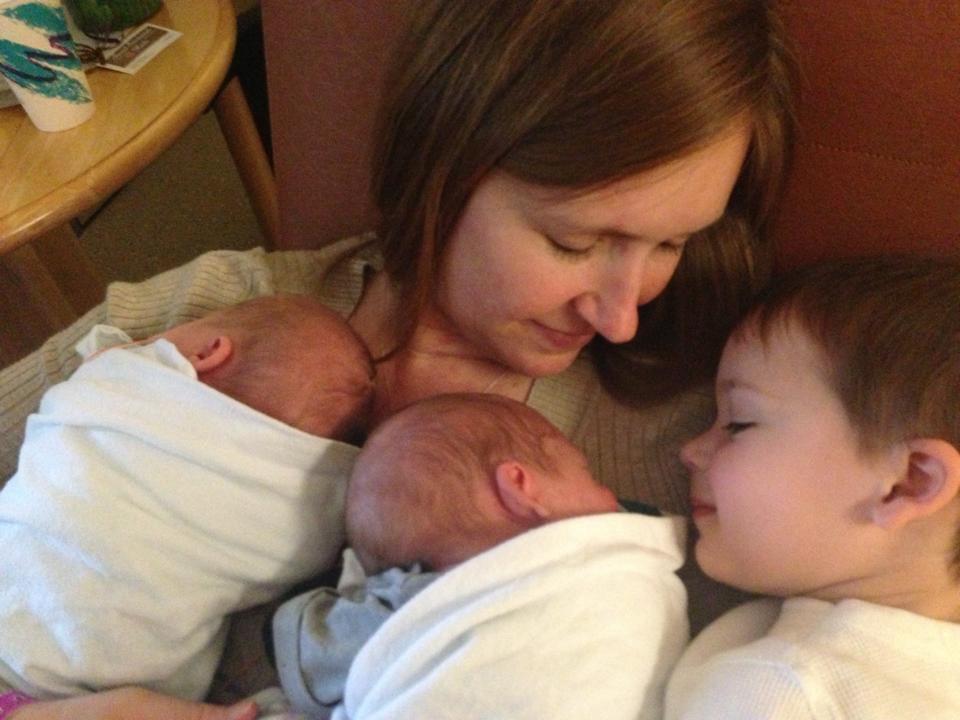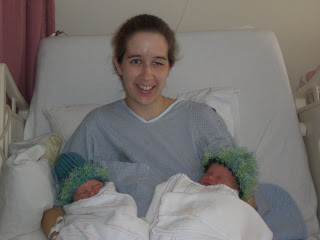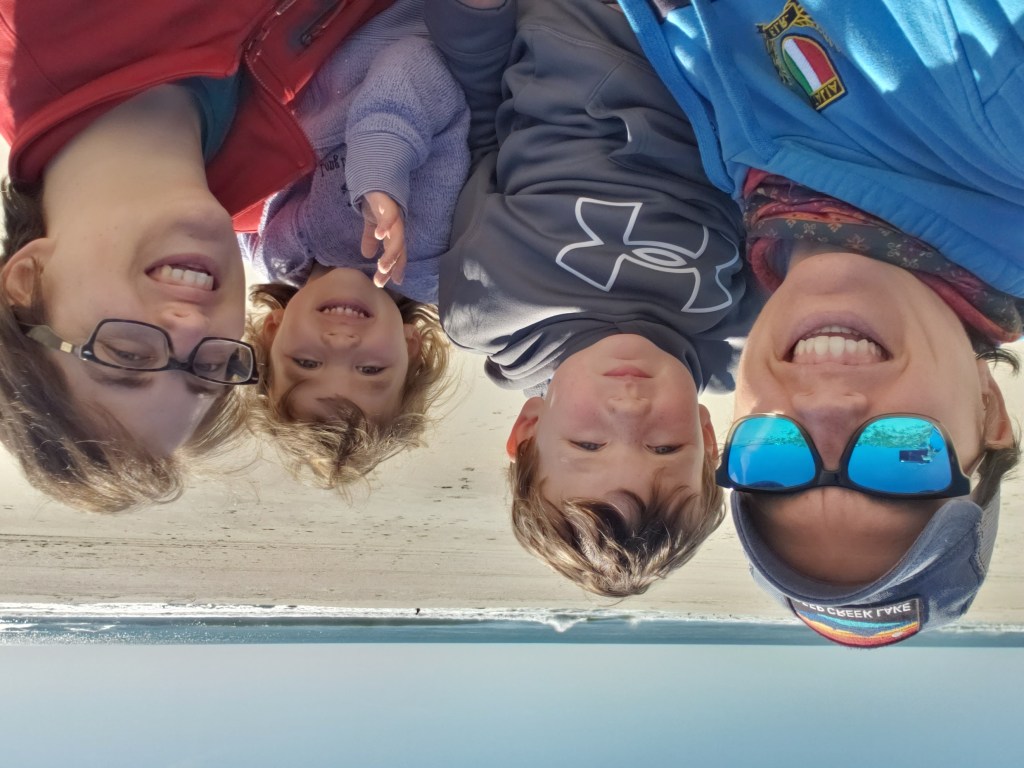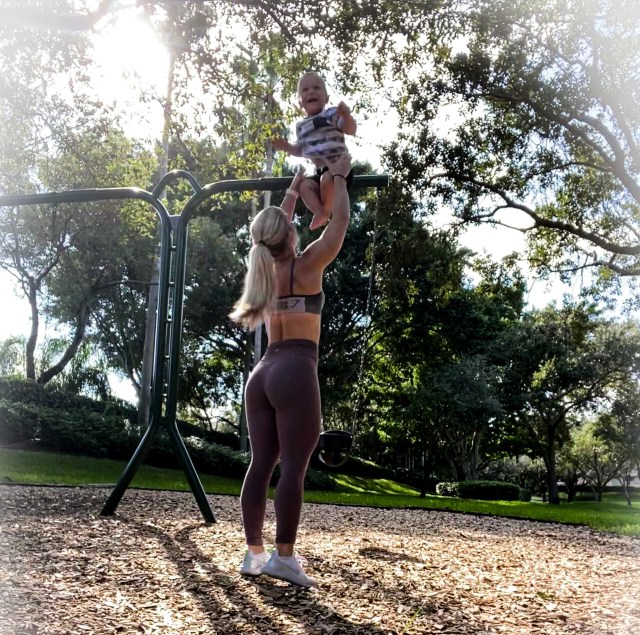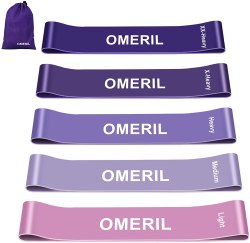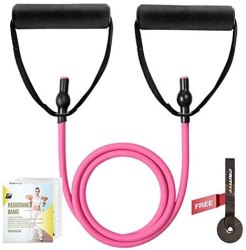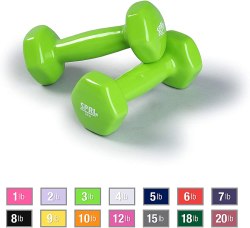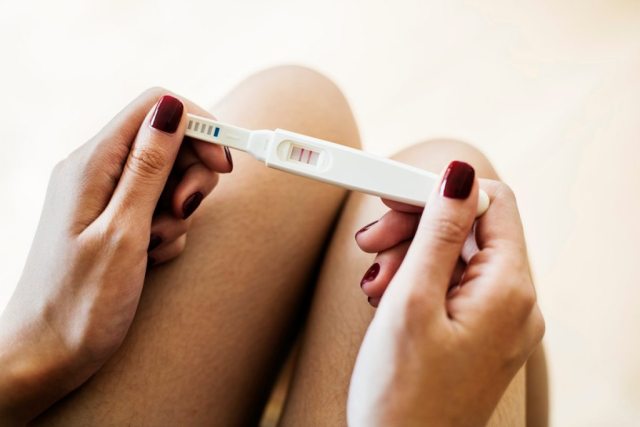
Trying to conceive can be a very exciting time, but it can also be overwhelming! If you’ve started doing your research, you’ve likely encountered a ton of information and products out there—from pee strips to wearables to apps to supplements. While it’s great that there are a lot of resources out there, it can also make it difficult and frustrating to figure out where to start.
That’s why I pulled together a list of things you can do to increase your chances of successfully conceiving as quickly as possible. And even better news—all of these are relatively inexpensive and can be done from home! This information can help you better understand your body, your partner’s body, and uncover up to 80 percent of what makes it hard to conceive.
For conception to occur, you need three things: sperm, an egg, and fertilization (when the sperm meets the egg). While this seems pretty simple, fertility is complex and sometimes things don’t always go as planned. However, by checking these boxes you can give yourself the best chances of successfully conceiving as early as possible and for as little money—and hopefully heartache—as possible.
Tip 1: Figure out your fertile window. Fertilization is when sperm meets egg, also known as the moment of conception. To give the sperm and egg a chance to meet, it’s important to understand when your body is in its fertile window so that you can time intercourse correctly.
There are several options to track suspected ovulation, including LH tests (ovulation predictor kits), cervical mucus monitoring, and BBT, among others. With these methods, you will know which days are your most fertile so you can time intercourse correctly and have the best chance at conception.
Tip 2: Optimize your chances by confirming successful ovulation. No ovulation means no egg is present to fertilize, so without ovulation, you have no chance of conception. Checking to see if you are ovulating early on can save you from spending time and money on other hormone tests you may not need.
Ovulation confirmation can happen in a couple of different ways. First, some women use BBT (Basal Body Temperature) to track the slight temperature rise associated with the presence of progesterone, which is the hormone released by the empty follicle after ovulation occurs. Progesterone blood tests can also provide a yes/no answer based on the numeric value result.
But ovulation is considered healthy when an egg is released and the empty follicle produces enough progesterone over time to support an embryo, should an egg become fertilized. So it is possible to ovulate and do so in a “weak” or “suboptimal” way. To confirm ovulation and make sure it was healthy as well, PdG testing can do the trick. PdG is the urine metabolite of progesterone. Because PdG tests track urine, they are non-invasive, can be done at home and multiple days in a row. This is important because progesterone and therefore PdG need to go up and stay up to indicate that ovulation was truly “successful” meaning that it gave the best chance at conceiving that cycle.
What if I’m not ovulating or have weak ovulation? Not to worry. There is a lot you can do to improve it. If you suspect that ovulation isn’t occurring at all, it’s important to talk to your doctor right away as in these cases, ovulation-inducing medicine is often needed.
If you suspect that you are ovulating but perhaps have suboptimal ovulation, you can chat with your doc as well or check out some natural ways to increase progesterone/PdG to improve ovulation quality:
Diet: While foods don’t directly contain progesterone or PdG, there are some foods that can help improve progesterone production like beans, broccoli, pumpkin, or spinach.
Seed Cycling: Seed cycling involves eating different types of seeds during different phases of your cycle to help promote hormone balance. You can learn more about seed cycling here!
Herbs: Herbals like vitex, red raspberry leaf, and maca can all help support progesterone production and promote a hormone balance.
Supplementation: Bio-identical progesterone supplements are widely available and are to be prescribed by a doctor. If you’re interested in a supplement, we recommend consulting your doctor.
Tip 3: Check out his swimmers. Once you’ve got the fertile window and healthy ovulation covered, it’s important to understand what’s going on with your partner’s sperm. There are two main aspects of sperm that matter most: sperm count—meaning there is enough sperm—and sperm motility—meaning the sperm can get to where they need to be (the egg). There are many at-home sperm tests on the market that test sperm count but only a few that test count and motility, so look for a kit that measures both.
If your partner’s sperm test results show he’s all good, then great! You can check this box and move on. If the sperm test shows low sperm count or motility, there are a few things you can do to try to improve results:
Diet or lifestyle changes: Supplements like maca have both been shown to improve sperm count in men and nutrients like vitamin C, D, and zinc are all important when it comes to healthy swimmers. Exercising regularly can also help increase testosterone and sperm quality.
Sperm friendly lubricant: Make sure to check that your lubricant is “sperm-friendly.” Many lubricants contain ingredients or have a pH that can be harmful to sperm. Sperm friendly lubricants also mimic the viscosity and consistency of cervical mucus, making it an ideal environment for the sperm to travel.
Try boxers: Does your partner wear tight underwear? Studies have shown that tight underwear may impair sperm production. Boxers fit more loosely and are preferred if you’re concerned about sperm.
If sperm and ovulation are healthy and you are having intercourse during your fertile window, but still not getting pregnant, it’s important to talk to your doctor. They can test you for less common causes of infertility like blocked fallopian tubes, genetic factors, or structural abnormalities within the uterus.
I'm Amy Beckley. After my experiences with pregnancy loss and IVF I used my PhD in Pharmacology to create MFB Fertility, Inc. and invented the Proov test in my basement, which now allows women to confirm successful ovulation by tracking PdG in 5 minutes, at home. I want to empower women.


